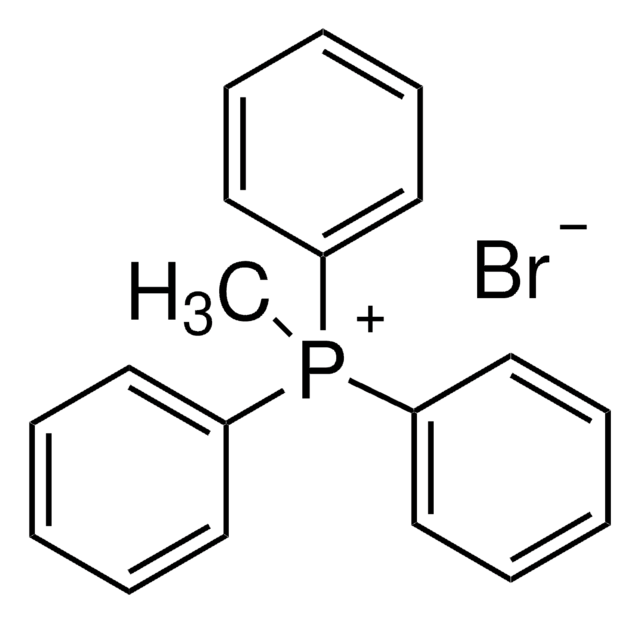49143
Nitrate de potassium
traceable to primary standards (LGC)
Synonyme(s) :
Potassium nitrate
About This Item
Produits recommandés
Qualité
analytical standard
traceable to primary standards (LGC)
Niveau de qualité
Durée de conservation
limited shelf life, expiry date on the label
Pf
334 °C (lit.)
Application(s)
food and beverages
pharmaceutical
Format
neat
Chaîne SMILES
[K+].[O-][N+]([O-])=O
InChI
1S/K.NO3/c;2-1(3)4/q+1;-1
Clé InChI
FGIUAXJPYTZDNR-UHFFFAOYSA-N
Vous recherchez des produits similaires ? Visite Guide de comparaison des produits
Catégories apparentées
Description générale
The melting point value equals a mean of 6 to 12 measurements with a Mettler-Toledo MP90 Excellence instrument that is calibrated with primary standards. The mp value is found using Capillary method, in accordance with European Pharmacopeia (2.2.14.)
Application
Caractéristiques et avantages
- Melting point traceable to a primary standard (LGC, London)
- Physically correct and heating rate dependent melting point evaluations using thermodynamic and pharmacopeia modes of testing, respectively
- Certificates of analysis and safety data sheet provided
- Uncertainty of measurement up to ± 0.5 °C
Informations légales
Mention d'avertissement
Warning
Mentions de danger
Conseils de prudence
Classification des risques
Ox. Sol. 3
Code de la classe de stockage
5.1B - Oxidizing hazardous materials
Classe de danger pour l'eau (WGK)
WGK 1
Point d'éclair (°F)
Not applicable
Point d'éclair (°C)
Not applicable
Équipement de protection individuelle
Eyeshields, Gloves, type P3 (EN 143) respirator cartridges
Faites votre choix parmi les versions les plus récentes :
Déjà en possession de ce produit ?
Retrouvez la documentation relative aux produits que vous avez récemment achetés dans la Bibliothèque de documents.
Les clients ont également consulté
Notre équipe de scientifiques dispose d'une expérience dans tous les secteurs de la recherche, notamment en sciences de la vie, science des matériaux, synthèse chimique, chromatographie, analyse et dans de nombreux autres domaines..
Contacter notre Service technique











